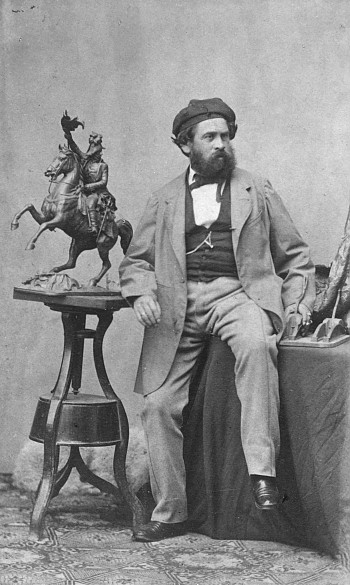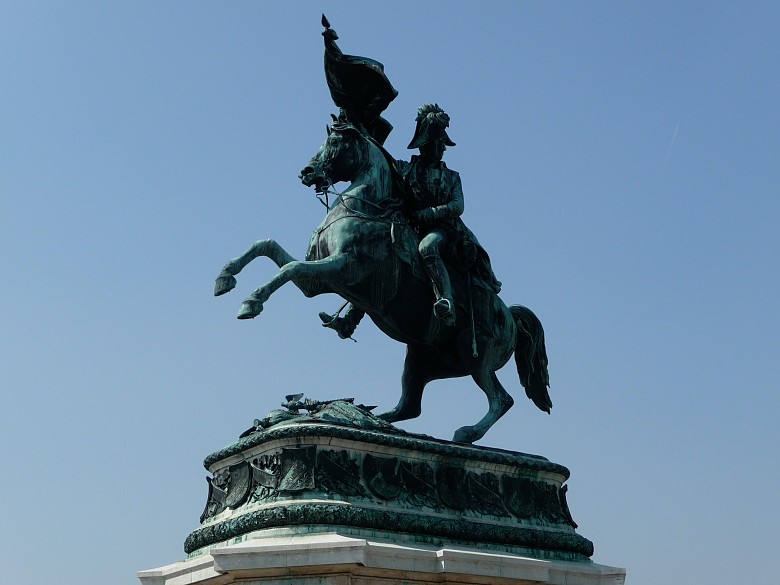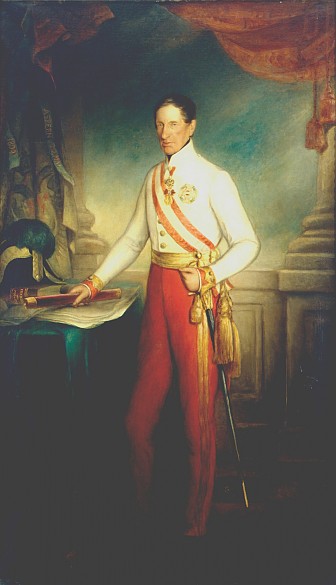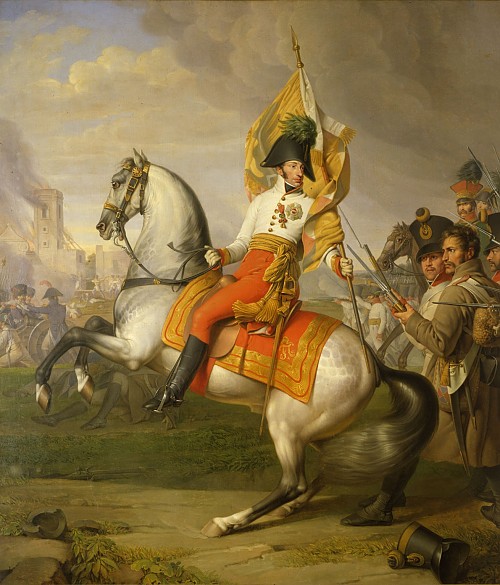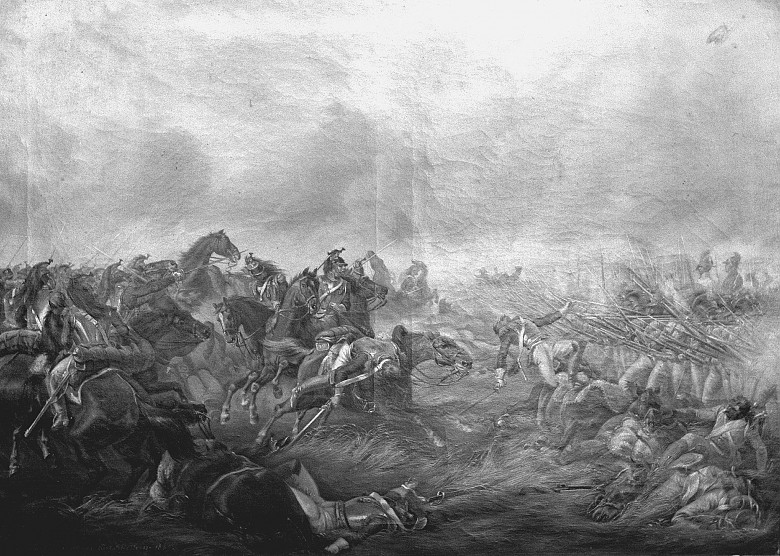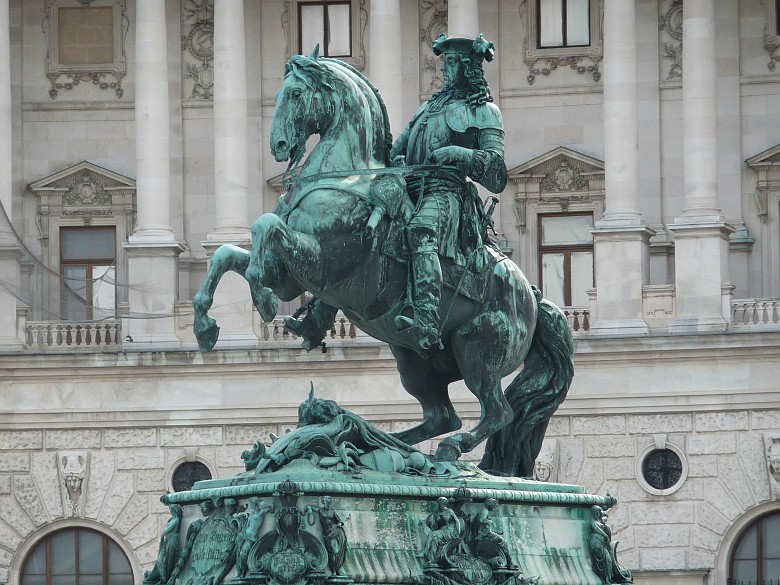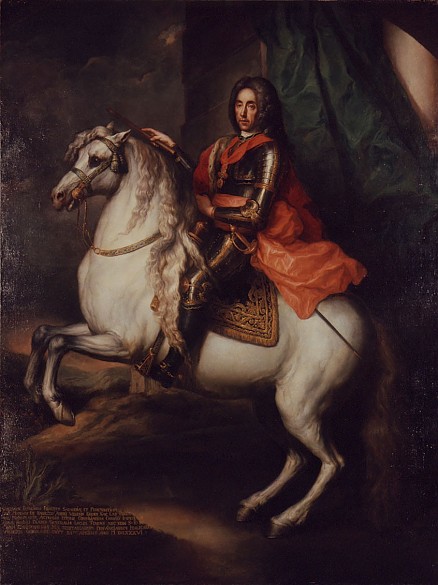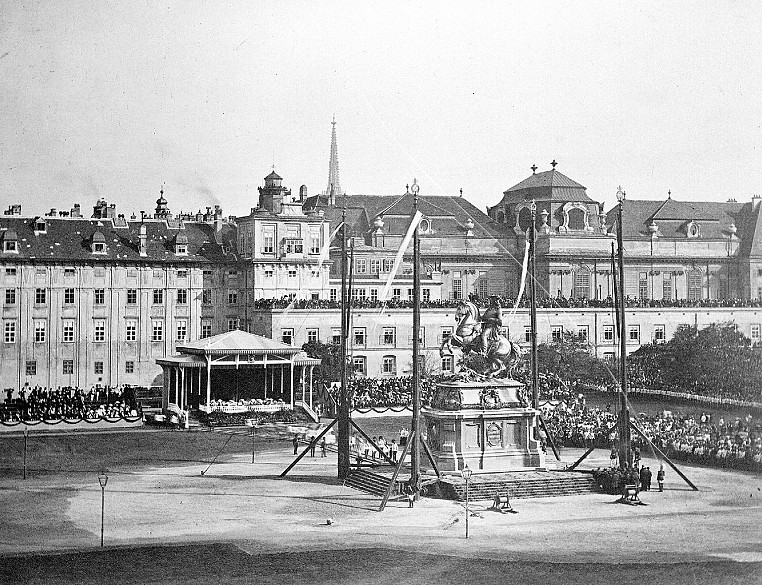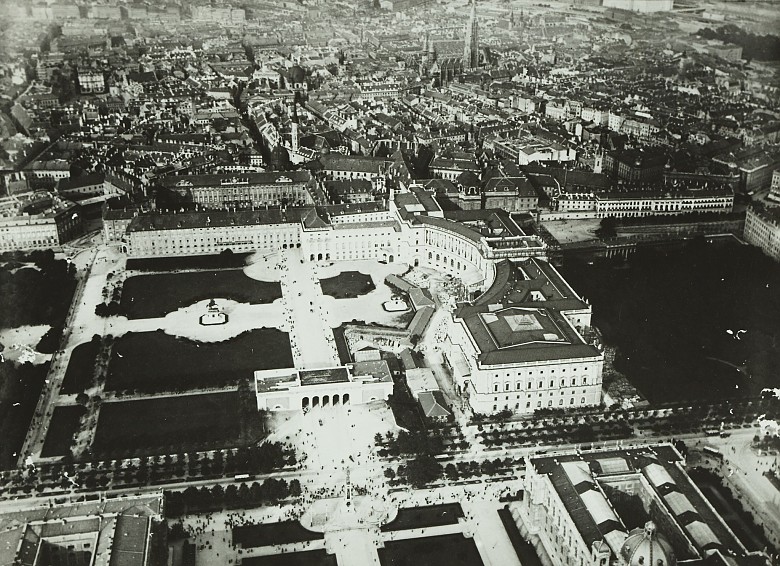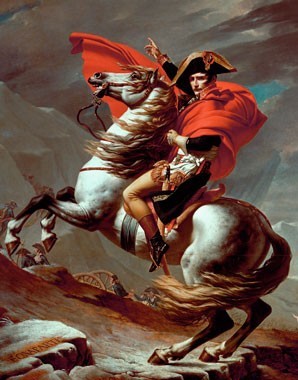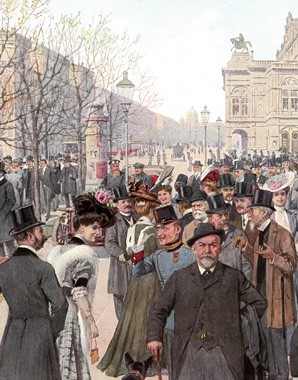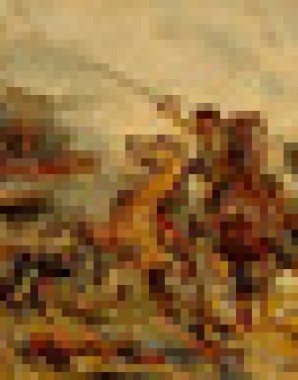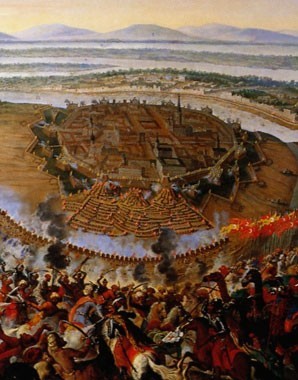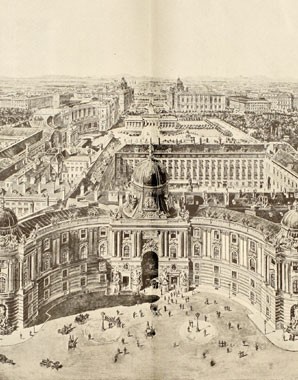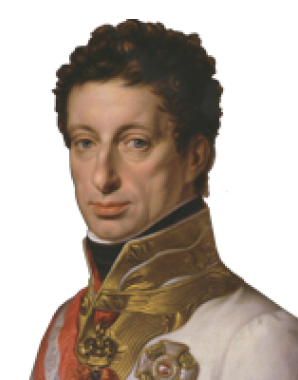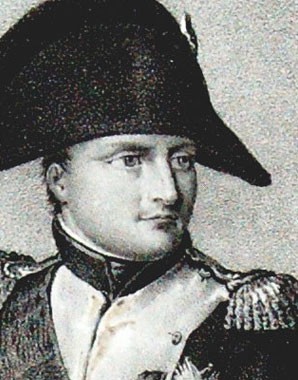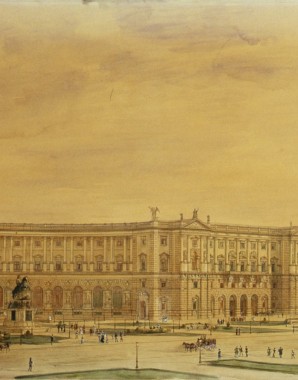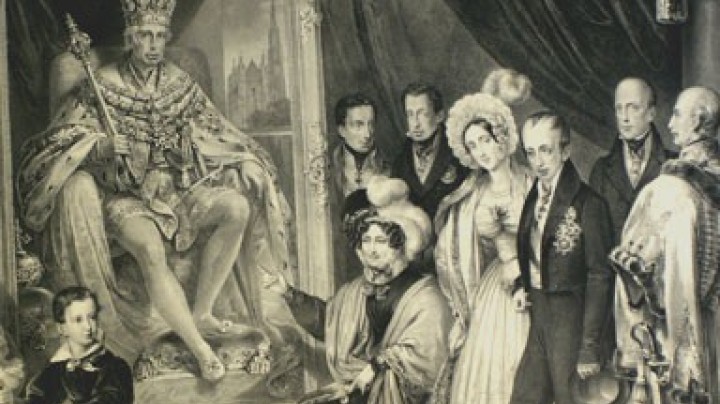Two men on horseback preside over ‘Heroes’ Square’
Highly-regarded at court, the sculptor Anton Dominik Fernkorn executed two equestrian statues for the outer Burgplatz, subsequently officially renamed Heldenplatz (Heroes’ Square) in 1878.
The fate of the sculptor Anton Dominik Fernkorn reflects both the opportunities that were open to the artists who received commissions for the Ringstrasse and the pressure under which they worked. In his designs for the statue of Archduke Karl, Fernkorn achieved a masterly feat of statics – for the first time a monumental bronze statue was supported at only two points. The statue was a huge success and Fernkorn was ennobled. However, in his statue of Prince Eugene of Savoy he had to use the horse’s tail as a support. Fernkorn was unable to stand up to the mental and physical pressures of the commission: before the statue of Prince Eugene was completed he was placed under medical supervision and subsequently spent the rest of his life in an asylum.
The statue of Archduke Karl, the brother of Emperor Franz II (I), who at the Battle of Aspern had been the first military commander to defeat Napoleon, was intended not only to honour a particularly courageous member of the House of Habsburg (though he left the army after he was subsequently defeated by Napoleon at Deutsch-Wagram). It was also intended to illustrate Austria’s role in the ‘wars of liberation’ against Napoleon and her claim to the leadership of the German League, a position that by this time had been seriously weakened. Embarrassingly, the ceremonial dedication of the monument had to be postponed from 1859 to 1860 on account of Austria’s defeats at Magenta and Solferino.
The unveiling of the monument to Prince Eugene on the opposite side of the square in 1865 was also ill-fated: the conflict with Prussia over Schleswig-Holstein was then at its height. Prince Eugene of Savoy, the prototype of the victorious Habsburg general and conqueror of the Turks, was intended to embody the House of Austria as the defender of the Christian faith against the Muslim Turks. At the same time, the statue was intended to remind the Hungarians that it was Prince Eugene and the Habsburg armies that had finally put an end to the long-standing Ottoman threat to Hungary.
Until almost the end of the Monarchy, the two equestrian statues were the only completed monuments on Heldenplatz, which as part of the projected ‘Imperial Forum’ of the Neue Burg remained a building site until 1913.
